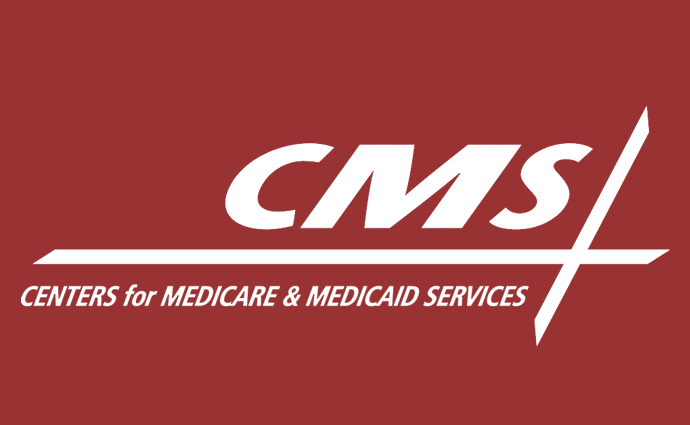CMS: Cut Red Tape to Lower Healthcare Costs, Boost Competition
CMS is prioritizing the reduction of regulatory burdens to discourage provider consolidation, which is leading to higher healthcare costs, the agency announced.

Source: Xtelligent Healthcare Media
- Reducing the regulatory burden of practicing medicine is critical to decreasing the high healthcare costs produced by provider consolidation, CMS Administrator Seema Verma recently stated.
“Government policies have stymied competition across many fronts and have been a major driver of healthcare consolidation,” she wrote in an official CMS blog post. “This consolidation has unfortunate implications for our healthcare system.”
Chief among the implications are rising healthcare costs and prices driven by large hospital systems engaging in anti-competitive behaviors, such as demanding payers include the system in their networks, discouraging the inclusion of competitors in payer networks, and failing to increase price transparency.
“There are many drivers of high prices, but provider consolidation is an important one – when there are fewer competitors, patients have fewer choices and prices go up,” she stated. “Worst of all, when a single monopoly controls a market, there is no restraint on costs, and no pressure to improve quality.”
Discouraging anti-competitive behavior through better, not necessarily more, regulation is key to combatting rapidly rising healthcare costs, the CMS leader explained. For example, reducing the regulatory burden of practicing medicine may keep more providers independent.
Providers spend almost $39 billion annually on regulatory compliance, the American Hospital Association (AHA) reported in 2017. The costs of complying with CMS regulations are too high for small, independent physicians, prompting many to work for hospitals.
In fact, the American Medical Association (AMA) recently found that the employed physicians outnumbered independent, self-employed doctors for the first time in the US.
Hospital prices are generally higher and increase faster than those set by independent physicians. Hospitals also put pressure on affiliated physicians to keep referrals in house, with one recent analysis cited by Verma finding that physicians acquired by a hospital system increased referrals to their new employer by nine-fold after the acquisition.
Reducing the regulatory burden for providers may keep more physicians independent, introducing competition back into healthcare and lowering costs for patients, Verma argued.
That is one reason why CMS is calling on patients, providers, and other stakeholders to comment on the continued implementation of the Patients Over Paperwork initiative.
Launched in the fall of 2017, Patients Over Paperwork aims to streamline CMS regulations to reduce the regulatory and administrative burden that takes clinicians away from directly caring for patients. Since its inception, the initiative has simplified documentation and coding requirements, increased quality and operational efficiency through new payment and billing models for post-acute and long-term care, and streamlined quality reporting.
CMS estimates that the regulatory reform efforts alone will save the system 40 million hours and $5.7 billion through 2021.
To build on the savings, CMS asked for public input through a new request for information (RFI). The agency asked stakeholders to comment on additional ways the agency can reduce administrative and regulatory burdens.
“Patients over Paperwork remains a top priority and a driving force in lowering healthcare costs,” Verma said in the RFI announcement. “We are doubling down on efforts to decrease healthcare costs by reducing administrative burden. In removing what doesn’t add value, we’re making room for what does. Our goal is to ensure that doctors are spending more time with their patients and less time in administrative tasks.”
Specifically, the agency is looking for comments on how to improve:
- Medicare or Medicaid reimbursement coding and documentation requirements
- Prior authorization processes
- Policies and requirements for rural providers, clinicians, and beneficiaries
- Policies and requirements for dually enrolled beneficiaries
- Beneficiary enrollment and eligibility determination
- CMS procedures for issuing regulations and policies
Stakeholders can submit their ideas by August 12, 2019.
